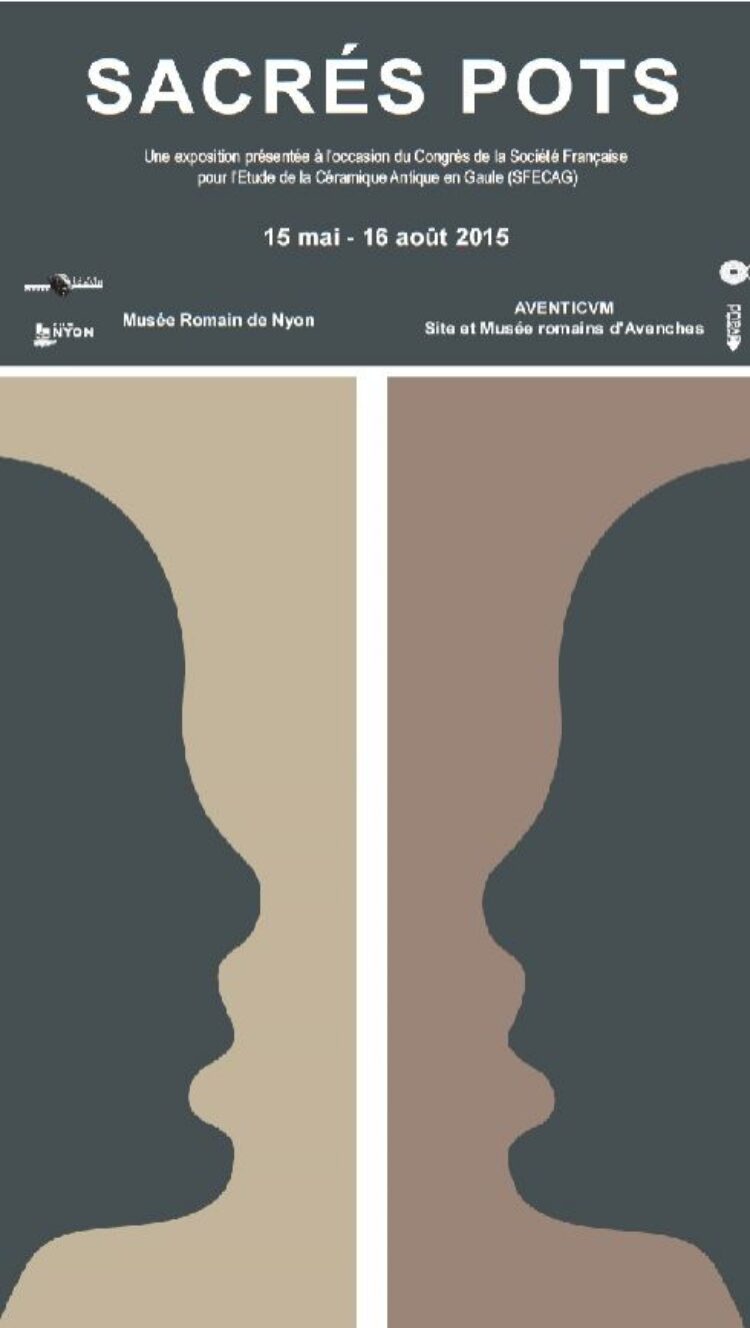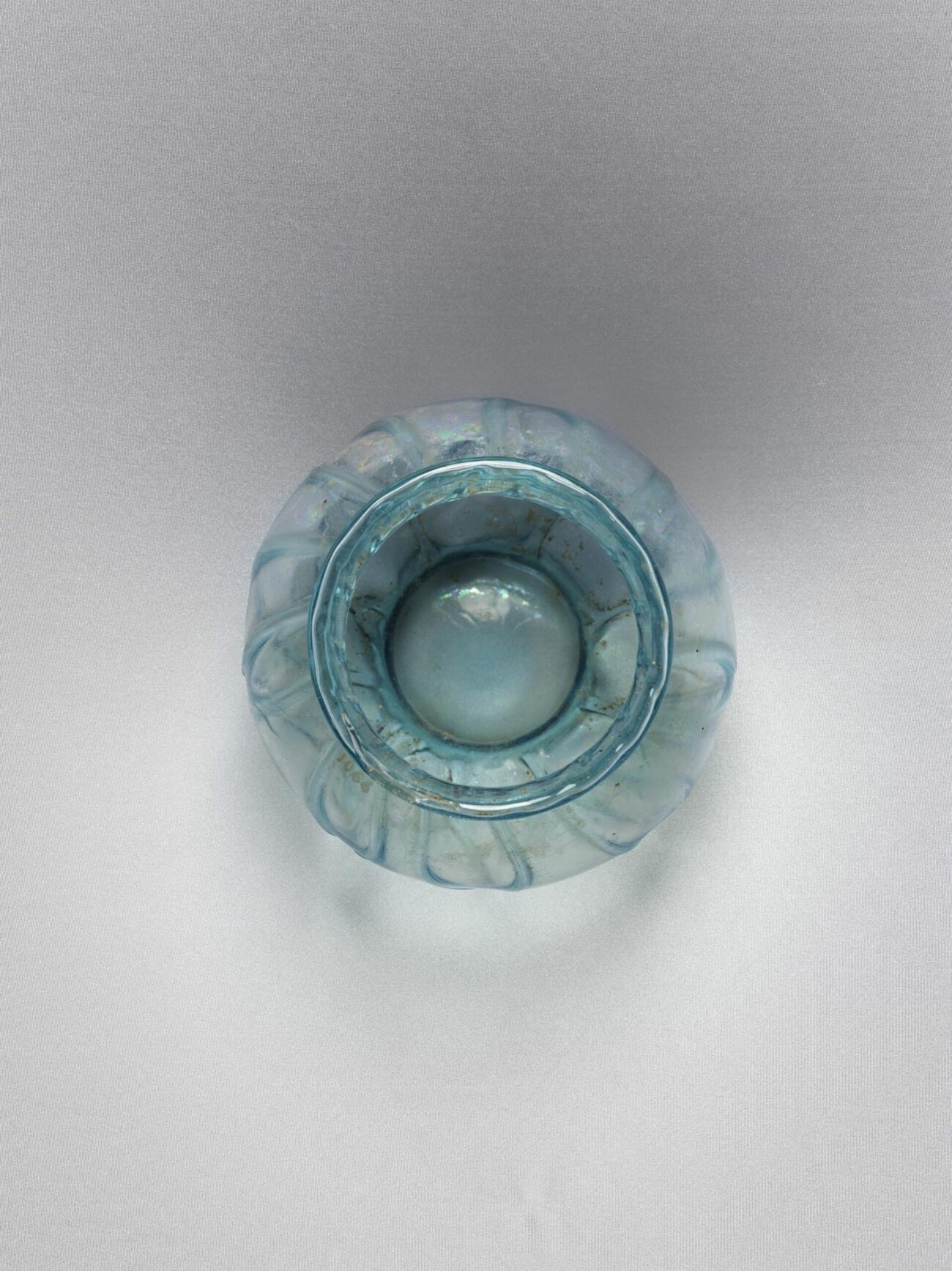
In the Roman world, cults and religious rituals dedicated to deities were an integral part of the lives of people at all levels of society. Performed in a very precise order, these rituals included processions, prayers, libations, sacrifices, offerings and banquets, with the use of ceramics being omnipresent. Behind the remains found in excavations, there were often libations of incense and wine, gifts of cakes or cups of wine, animal sacrifices and collective banquets. The “Sacrés pots” exhibition at the Roman Museum in Nyon, prepared in collaboration with the Roman Site and Museum in Avenches, sheds valuable light on the Roman era.
Ceramics, whether whole vessels or shards, are often preserved and present in large numbers in excavations. They provide researchers with invaluable information based on the observation of shapes and decorations, which vary according to period, place and use. The study of the typology, chronology, places and methods of production, distribution and trade of these objects advances our knowledge of ancient society and economy. This field is one of the pillars on which archaeological research is built.
